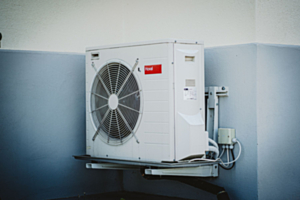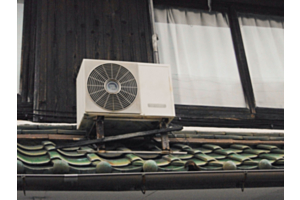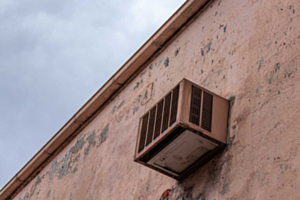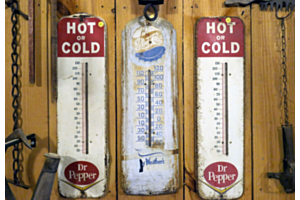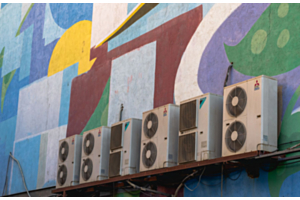Where Should You Position Your Ductless Mini Split for Optimal Performance

Ductless mini splits are environmentally friendly, efficient cooling and heating solutions for an increasing number of homes. If you’re considering adding a mini split system to your property, you should carefully ponder the unit’s placement.
This guide will provide pointers for outdoor and indoor mini split unit positioning.
Positioning the Indoor Mini Split Unit
Some homeowners are more concerned with hiding the unit. However, air flow and distribution should be your main priorities when determining where your mini split unit should go.
If air blows straight up to the ceiling or down to the floor, that will require more time to heat or cool a zone. Your mini split must work harder in the interim, which could shorten its lifespan.
The following tips will help you select the ideal spot for your indoor mini split.
Limit Your Distance from the Floor
You cannot install the indoor unit too close to the floor to prioritize airflow. Lower placement is permissible, but no further than eight feet from the floor.
Consider Accessibility
A technician must have access to the indoor units, so they can’t be so hidden or unreachable that the technician will struggle. You’ll also avoid doing basic maintenance tasks, which can hurt your mini split.
Vertical Exterior Walls Work Best
The best walls for an indoor mini split are vertical walls. Avoid installation on or near the ceiling and near angled or sloped walls, as the mini split might not be secure. Its functioning can also be affected.
Skip the Direct Sunlight
A mini split that sits in view of direct sunlight risks overheating. Your mini split system might also work harder, as the warmth from the light tells the unit to cool more and heat less.
Watch Your Proximity to Electronics
The indoor unit should be installed a fair distance from lighting, computers, televisions, and other electronics that generate heat.
Positioning the Outdoor Mini Split Unit
The compressor, the outdoor component of your mini split system, doesn’t have as many placement variations as the indoor unit. That said, you can’t put it just anywhere, so follow these suggestions.
You Must Have a Slab
You can’t place the compressor on the dirt or grass. The surface isn’t level enough, and throughout the year, the ground can become frozen or wet, leaking water into the compressor.
Instead, the compressor must sit on concrete. You can use a concrete path or walkway in your yard if you have one or pour a fresh slab for the unit.
Give It Cover
A compressor also requires overhead protection from the elements, including sunlight. However, a tree isn’t appropriate for cover, and you’ll see why momentarily.
An awning is best, whether attached to your home or a solution you build separately.
Place It Adjacent to the Indoor Unit
The compressor shouldn’t stray further than 100 feet from the indoor units, as a greater distance can reduce the ductless mini split system’s efficiency.
Prioritize Airflow
You must keep airflow in mind when selecting a spot for the compressor, just as you did for the indoor units. That’s why positioning the compressor by trees is ill-advised, as the thick fluffiness of the leaves can impede airflow. That’s also true of bushes and shrubs.


